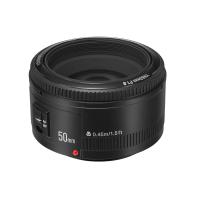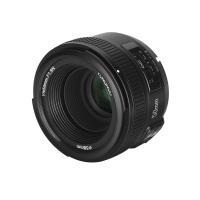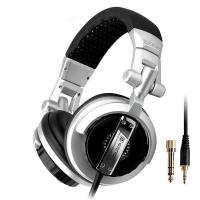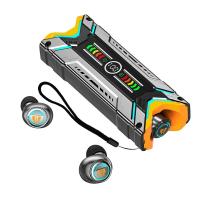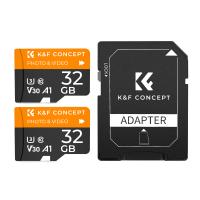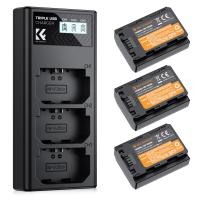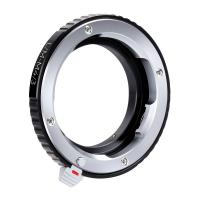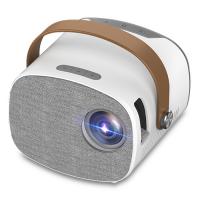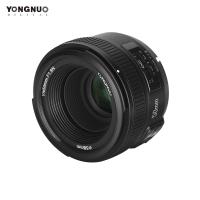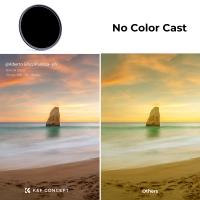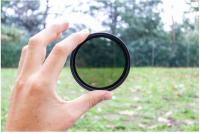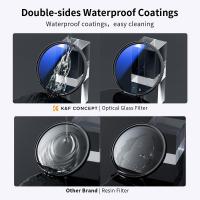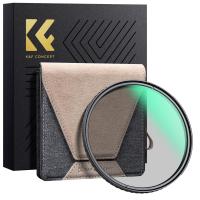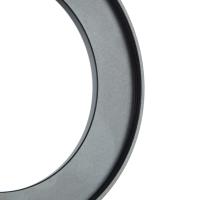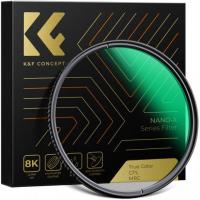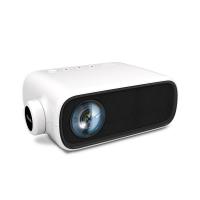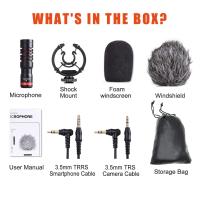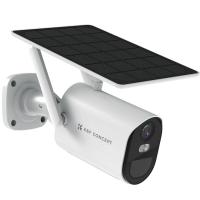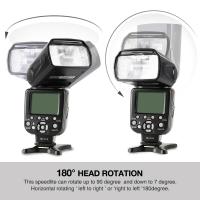What Size Filter For 50Mm Lens?
When it comes to photography, the details matter. One such detail that often gets overlooked by beginners and even some seasoned photographers is the size of the filter for their lenses. Specifically, if you own a 50mm lens, you might be wondering what size filter you need. This article aims to provide a comprehensive guide to help you understand the importance of lens filters, how to determine the correct size for your 50mm lens, and the various types of filters available to enhance your photography.
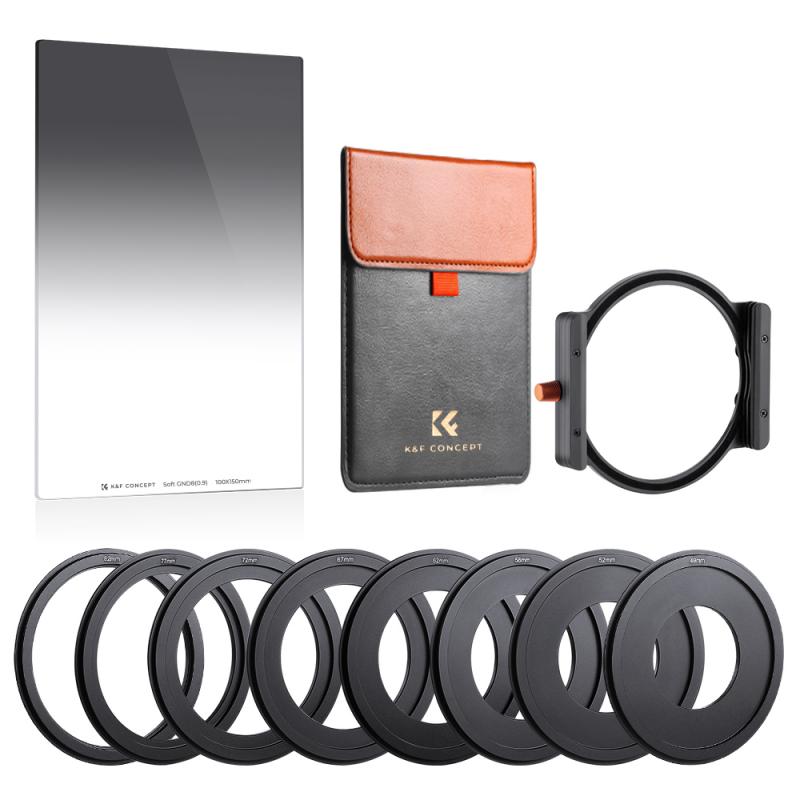
Understanding Lens Filters
Lens filters are essential accessories that can significantly impact the quality of your photographs. They serve various purposes, from protecting your lens to enhancing colors and reducing reflections. Here are some common types of lens filters:
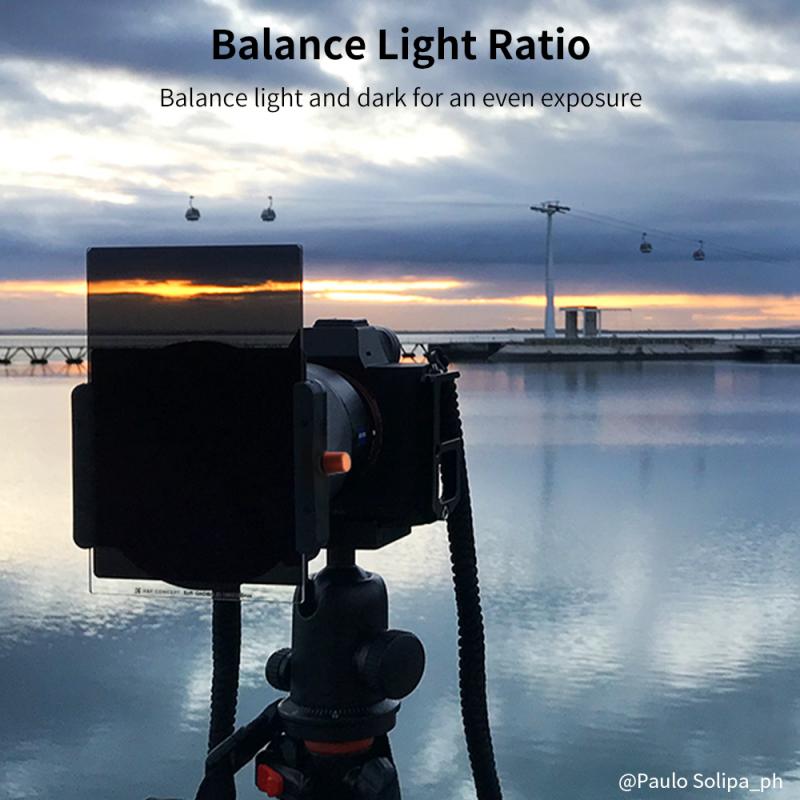
1. UV Filters: These are primarily used to protect the lens from dust, scratches, and moisture. They also reduce the ultraviolet light that can cause haziness in your photos.
2. Polarizing Filters: These filters are used to reduce reflections from non-metallic surfaces like water and glass. They also enhance the colors and contrast in your photos.
3. Neutral Density (ND) Filters: ND filters reduce the amount of light entering the lens, allowing for longer exposure times. This is particularly useful for landscape photography and creating motion blur effects.
4. Graduated ND Filters: These are similar to ND filters but have a gradient that transitions from dark to clear. They are useful for balancing the exposure in scenes with a bright sky and a darker foreground.
Determining the Correct Filter Size for a 50mm Lens
The size of the filter you need is determined by the diameter of your lens. This is usually measured in millimeters and is often indicated on the front of the lens or in the lens specifications. For a 50mm lens, the filter size can vary depending on the brand and model. However, the most common filter size for a 50mm lens is 49mm or 52mm.
To find the exact filter size for your 50mm lens, look for the diameter symbol (Ø) followed by a number on the front of the lens. For example, if you see "Ø49mm," it means you need a 49mm filter. If it says "Ø52mm," you need a 52mm filter.
Why the Correct Filter Size Matters
Using the correct filter size is crucial for several reasons:
1. Optimal Performance: A filter that fits perfectly ensures that there is no vignetting (darkening of the corners) in your photos. An ill-fitting filter can cause unwanted shadows and reduce the overall quality of your images.
2. Lens Protection: A correctly sized filter provides adequate protection for your lens. A loose filter can fall off, while a tight one can be difficult to remove and may damage the lens threads.
3. Ease of Use: Filters that fit properly are easier to attach and remove, making your photography experience more seamless and enjoyable.
Types of Filters for a 50mm Lens
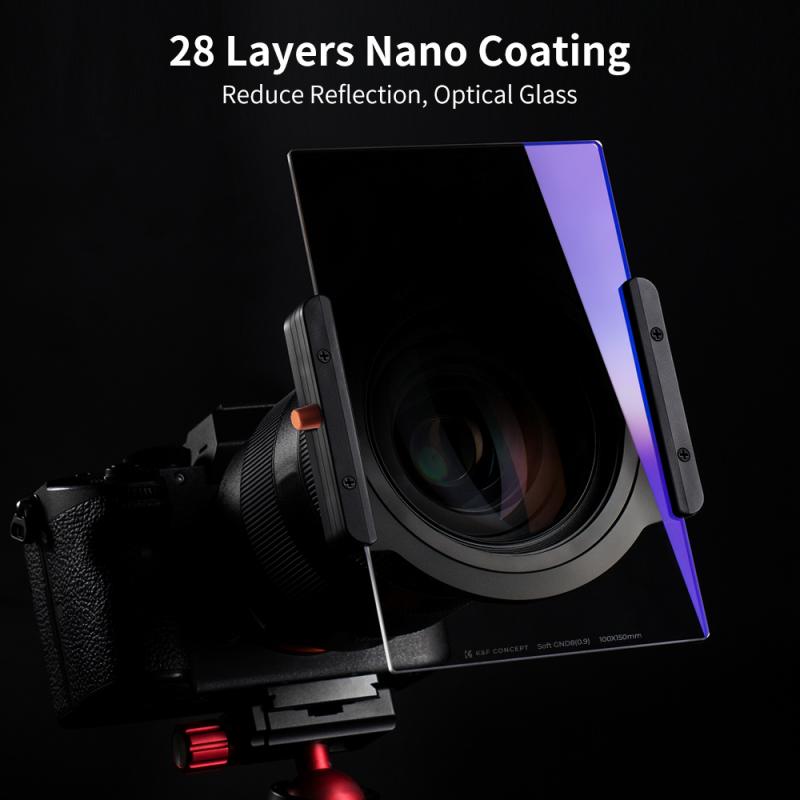
Now that you know how to determine the correct filter size, let's explore the different types of filters you might consider for your 50mm lens:
1. UV Filters: As mentioned earlier, UV filters are great for protecting your lens. They are especially useful if you frequently shoot outdoors, as they can reduce the haziness caused by ultraviolet light.
2. Polarizing Filters: These are excellent for landscape photography. They can make the sky appear bluer, reduce reflections from water and glass, and enhance the overall color saturation in your photos.
3. ND Filters: If you enjoy long exposure photography, ND filters are a must-have. They allow you to use slower shutter speeds even in bright conditions, creating beautiful motion blur effects in waterfalls, rivers, and clouds.
4. Graduated ND Filters: These are particularly useful for landscape photographers who often deal with high-contrast scenes. They help balance the exposure between the bright sky and the darker foreground, resulting in a more evenly exposed image.
5. Close-Up Filters: Also known as diopters, these filters act like a magnifying glass for your lens, allowing you to get closer to your subject. They are a cost-effective way to explore macro photography without investing in a dedicated macro lens.
Practical Tips for Using Lens Filters
1. Stacking Filters: While it might be tempting to stack multiple filters, be cautious. Stacking can lead to vignetting and reduce image quality. If you need to use multiple filters, consider investing in a filter holder system.
2. Cleaning and Maintenance: Keep your filters clean to ensure optimal performance. Use a microfiber cloth and lens cleaning solution to remove smudges and dust. Store your filters in a protective case when not in use.
3. Quality Matters: Invest in high-quality filters from reputable brands. Cheap filters can degrade image quality and may not provide adequate protection for your lens.
4. Experiment and Learn: Don't be afraid to experiment with different types of filters. Each filter can bring a unique effect to your photos, and understanding how to use them effectively can significantly enhance your photography skills.
Conclusion
Choosing the right filter size for your 50mm lens is a small but crucial step in your photography journey. By understanding the importance of lens filters, determining the correct size, and exploring the various types available, you can enhance the quality of your photos and protect your valuable equipment. Remember, the details matter, and investing in the right filters can make a significant difference in your photography. Happy shooting!




